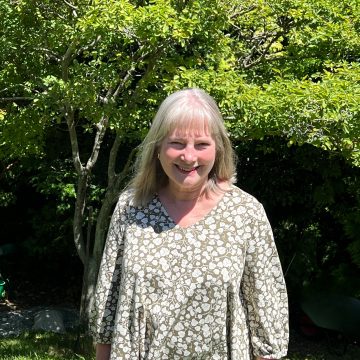Lake Malawi is Malawi’s show-stopping finale; ideal for kayaking, freshwater diving or snorkeling and simply unwinding on golden beaches after your safari.
March to September
Scroll for more
 Lake Malawi is the stellar attraction of a Malawi safari - a vast inland sea enriches every aspect of the country’s life. A stay at one of the Lake Malawi resorts is the ideal wind-down at the end of your Malawi safari.
Lake Malawi is the stellar attraction of a Malawi safari - a vast inland sea enriches every aspect of the country’s life. A stay at one of the Lake Malawi resorts is the ideal wind-down at the end of your Malawi safari.
They offer a “beach without the ocean”, where calm, clear water laps sandy coves framed by granite outcrops. With no currents, tides, or salt, swimming here feels as easy as it looks.
You can combine a ‘beach stay’ here with the South Luangwa National Park is nearby Zambia. Or with its own parks of Liwonde Game Reserve or Majete Wildlife Reserve.
Its sapphire waters make up nearly 20% of the nation’s area, stretching over 500 km along the Rift Valley floor. Over 2,000 species of fish inhabit the lake, including the brilliantly coloured cichlids, found nowhere else on earth. They dart between rocks in the shallows, visible even to casual snorkellers.
The beautiful mountainous terrain surrounding much of Lake Malawi doesn’t make for productive farming. So the lake is a vital part of the Malawi economy. At dusk, you’ll see the lake speckled with hundreds of tiny fishing lights, a veritable constellation of lake stars, as local fishermen attract chambo and kapenta using paddle bangs to attract the fish.
 For something truly off-beat, fly to Likoma Island, a remote Malawian island near the Mozambique border. Here, life slows to the rhythm of the lake — sandy tracks, baobab trees, and a surprisingly grand stone cathedral that feels straight out of rural England.
For something truly off-beat, fly to Likoma Island, a remote Malawian island near the Mozambique border. Here, life slows to the rhythm of the lake — sandy tracks, baobab trees, and a surprisingly grand stone cathedral that feels straight out of rural England.
Stay at Kaya Mawa, a beautifully designed barefoot-luxury retreat with a warm island soul. This idyllic retreat also does a lot with the local community with a thriving craft workshop and industry which ships around the world. (I confess to owning one of their amazing, recycled glass chandeliers.)
 Is Lake Malawi safe for swimming?
Is Lake Malawi safe for swimming?
Yes, there are no tides or dangerous currents. Most lodges also have safe zones for snorkelling and kayaking. There is some risk if bilharzia in parts of the lake, but not where our Lake Malawi resorts are situated.
What water activities are available?
Snorkelling, sailing, kayaking, paddle-boarding, and freshwater diving are all popular options. But this varies by lakeside lodge.
Can I combine Lake Malawi with a safari?
Absolutely! It’s the perfect ending to a safari after exploring Majete, Liwonde, or Nyika Plateau. Plus it can be easily combined with a Zambia safari.
End your Malawi journey on the lake’s golden edge — calm waters, starry nights, and the soft rhythm of Africa’s inland sea.
